Journals. Those lovely, empty books so full of potential and that I have far too many of. There are many benefits to keeping a writing journal, and it’s one of the first things I recommend to people when they ask for advice on how to get things rolling with their stories. Here are a few reasons for filling up a journal yourself:
A new perspective
It’s amazing how helpful getting your thoughts down on paper can be. By getting your ideas out of your head you make room for new ones, and being able to read your ideas instead of just thinking them allows you to look at them in a different way.
Writing your ideas down will also help you process them faster and potentially untangle issues you’ve been struggling with.
A look into your creative past
Once you’ve written it down, you won’t have to worry so much about losing it. It’s fun to look back on what you were thinking about in the past, and you never know when an idea might come in handy in the future. You might even find a concept to rework or add to an already-existing project in one of your old journals.
Bringing order to the chaos
If you’re working with a lot of characters and plot threads it’s useful to have a place to write them down to reference later. Same goes for world building elements. A writing journal is your initial dumping ground for ideas which will then be refined and recorded in a more polished state later.
A place to keep your research
Research is important to most writing projects, but sometimes there’s a point where your eyes start to slide off the text without really comprehending what’s been written. Writing down notes on your research can help you commit things to memory and will ensure that you have them stored somewhere to find and use later.
Collecting is fun
It’s fun to collect journals and feels very satisfying to finish filling one and put it on the shelf. Pat yourself on the back for a job well done.
A few bits of advice
Use sticky notes to mark important pages so you can find them more easily later. I like to link certain colors of sticky note to certain stories that I’m writing, so I can have notes and musings for multiple different stories going without things getting too muddled.
No need to use a physical journal if you don’t want to, there are phone apps that you can use to record things with no matter where you are.
If you’re picking out physical journals, remember that if you want to fill it completely you’ll be stuck with it for at least a few months. Choose carefully and make sure that you like it. Things to check are page count, paper texture, page thickness, and line width.
I’d recommend against really expensive journals, at least to start with, since the price tag might make you police the sorts of things you write in it. The point of the journal is to dump everything in, it’s like an artist’s sketchbook, it’s where you store ideas and thoughts regardless of how silly or tacky you might think they are now! Picking a journal that’s too “special” or valuable may end up hindering that.
Have fun!
Good luck and have fun in your journaling! I think you’ll find the results very helpful and rewarding.
How many blank journals do I have?
…
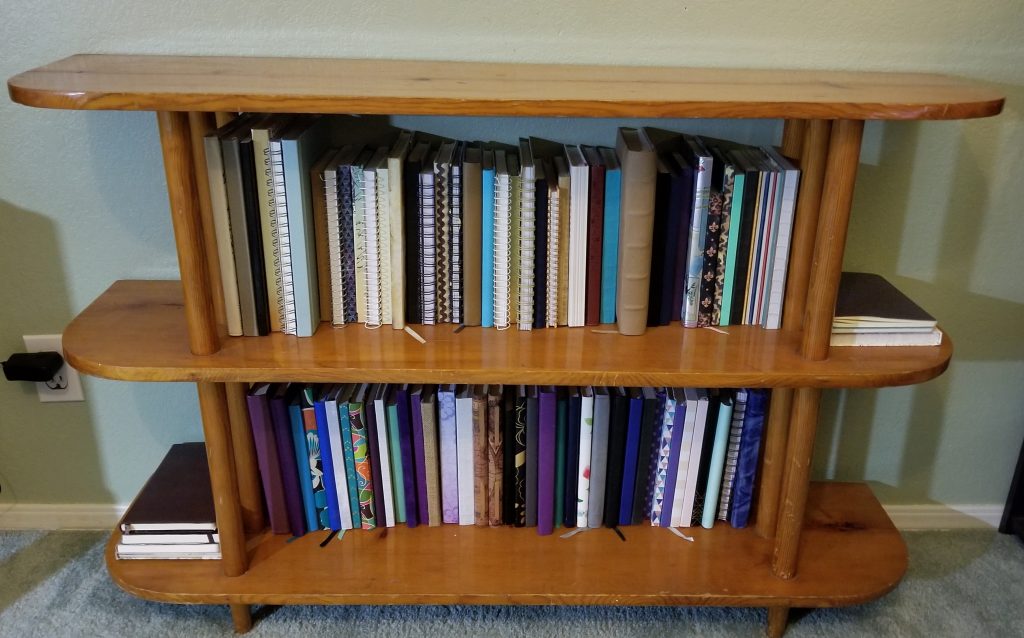
Too many.
Have fun choosing your journals but maybe don’t hoard them like I do!
If you like what you see, please consider supporting the site on Patreon! I would like to keep things ad-free, so any support is deeply appreciated.
Got anything you’re curious about? Let me know down in the comments or ping me on Twitter or Tumblr!
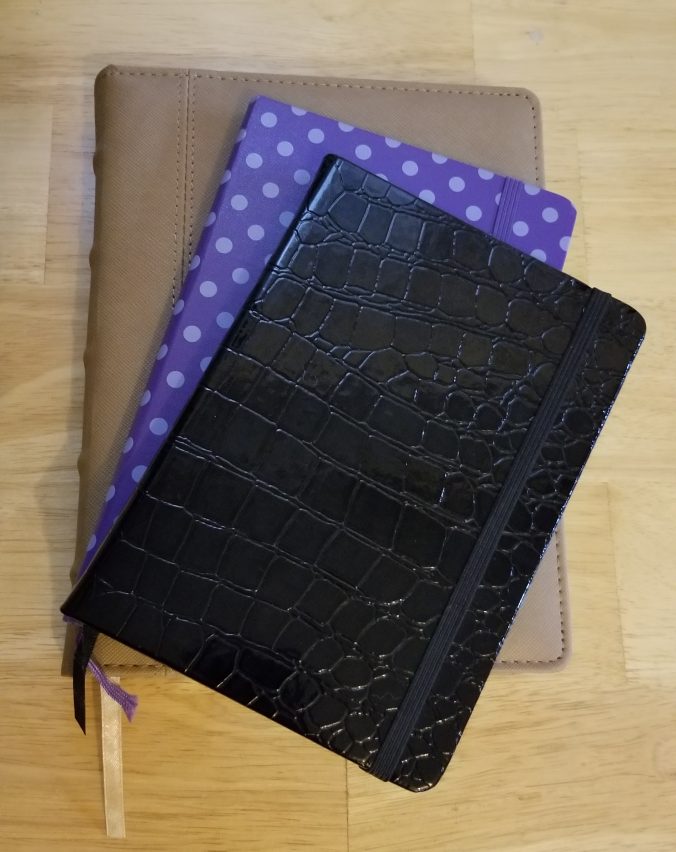
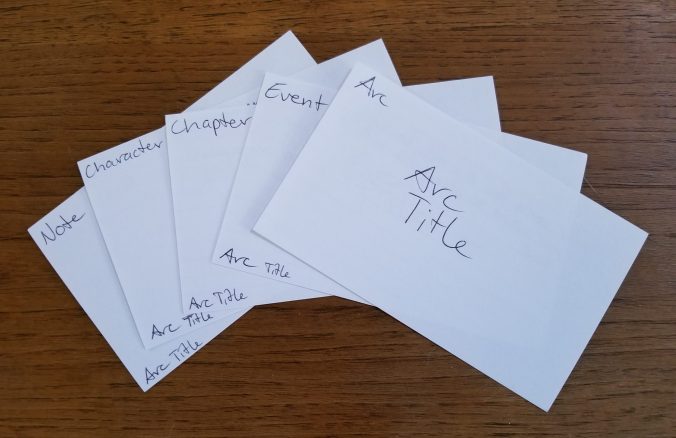
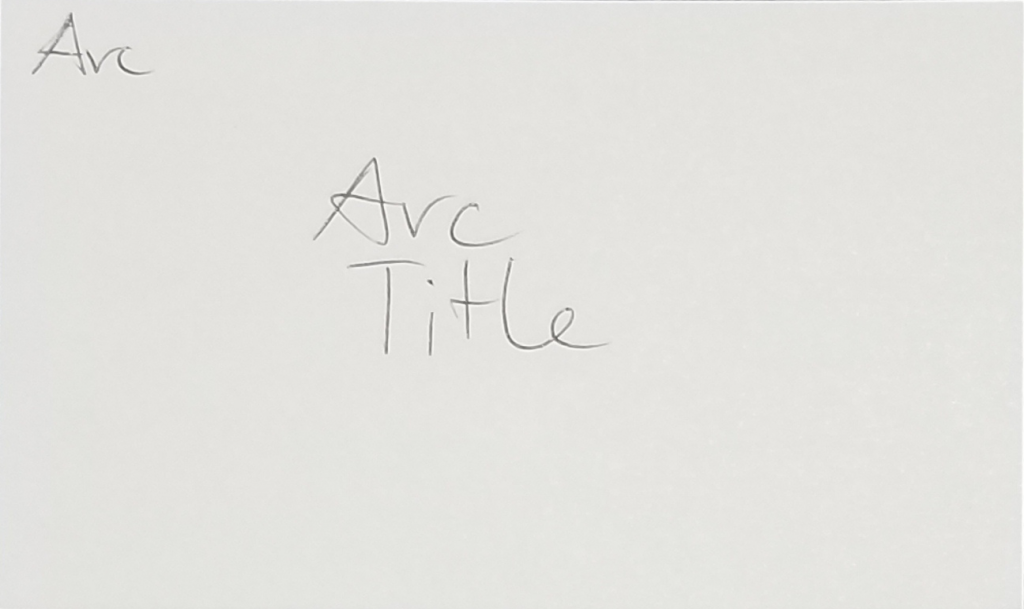
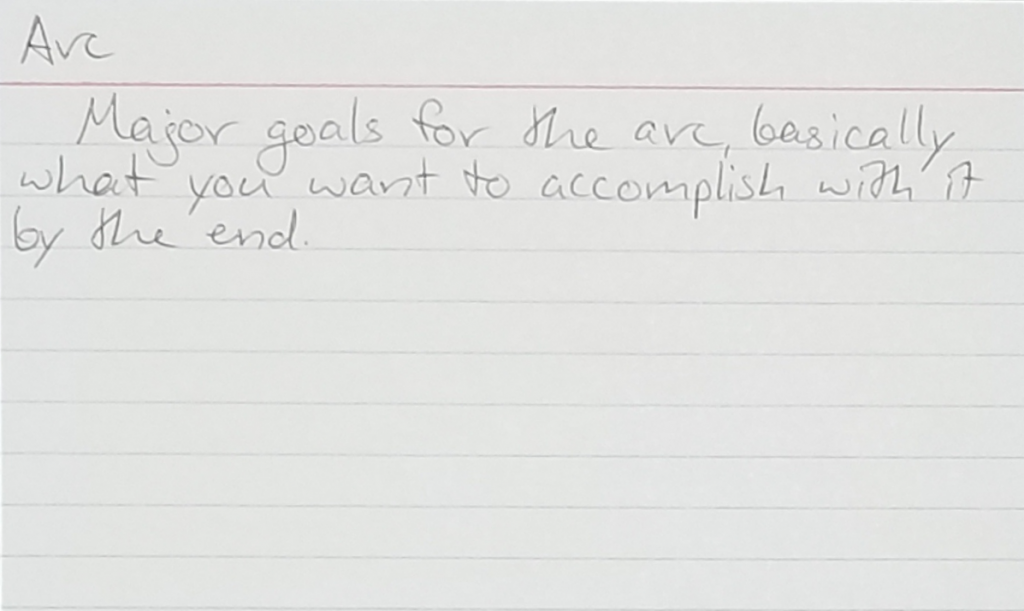
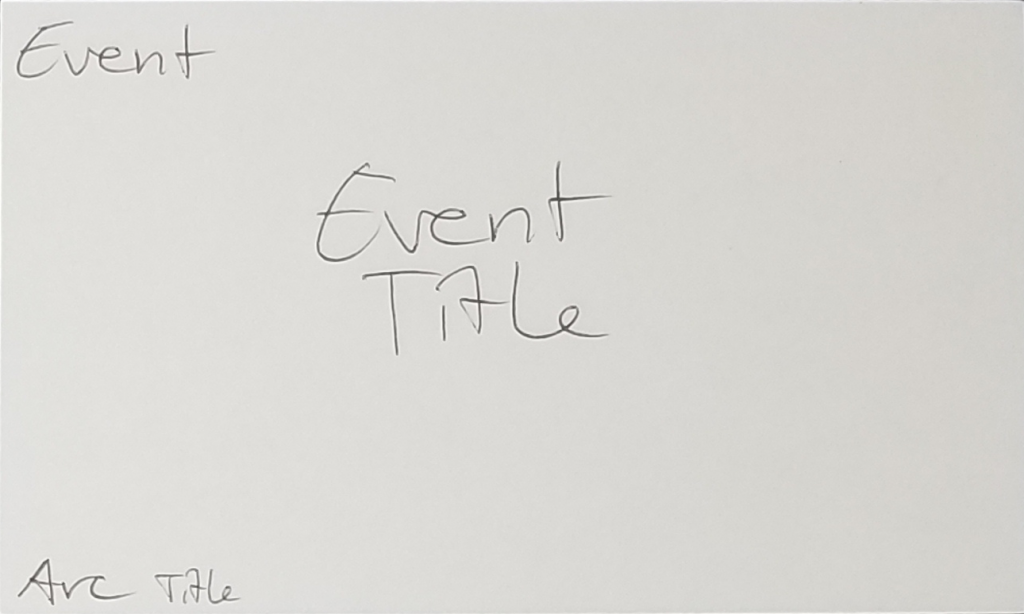
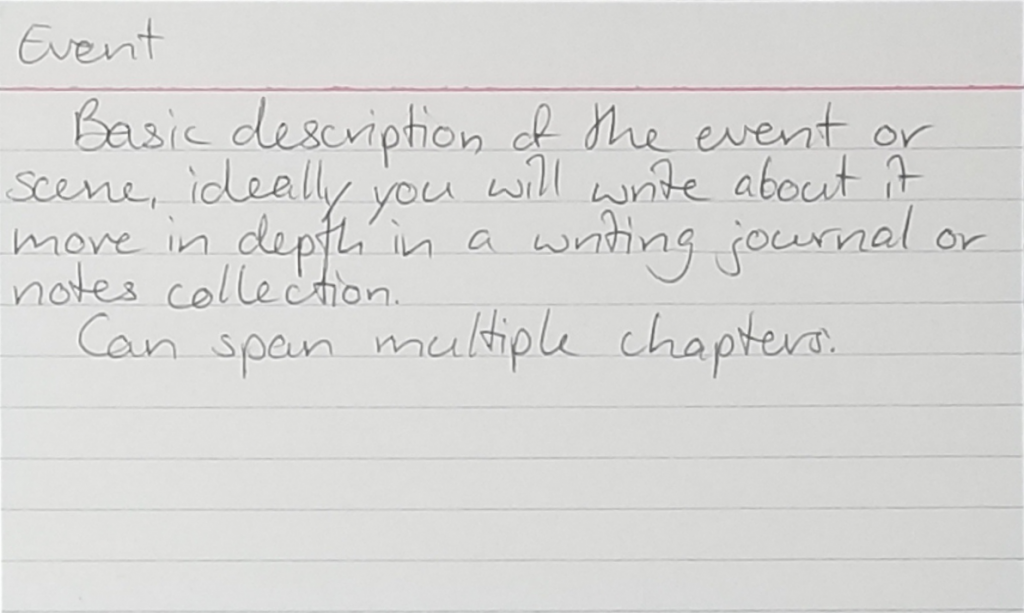
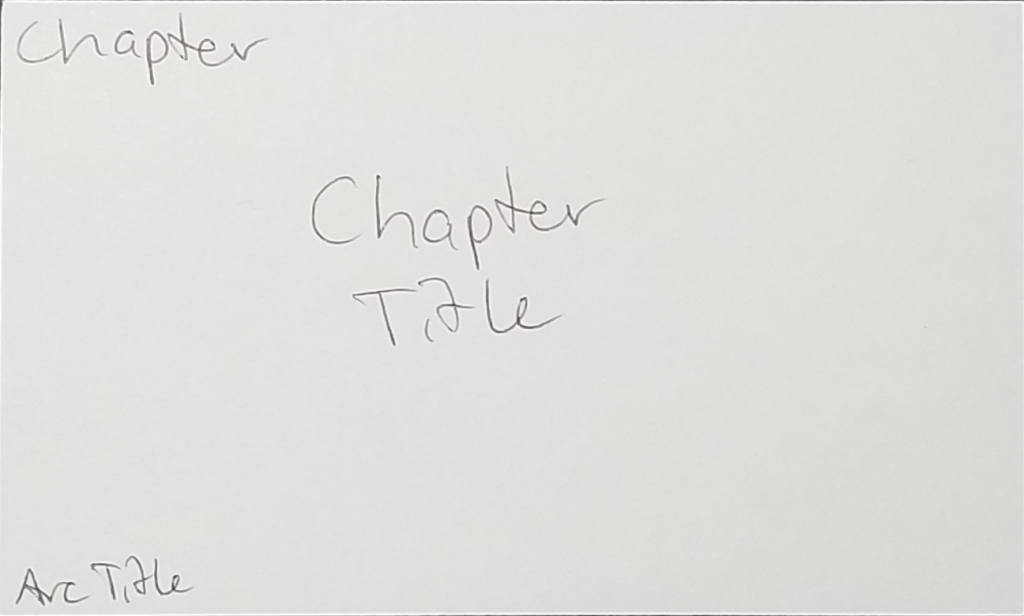
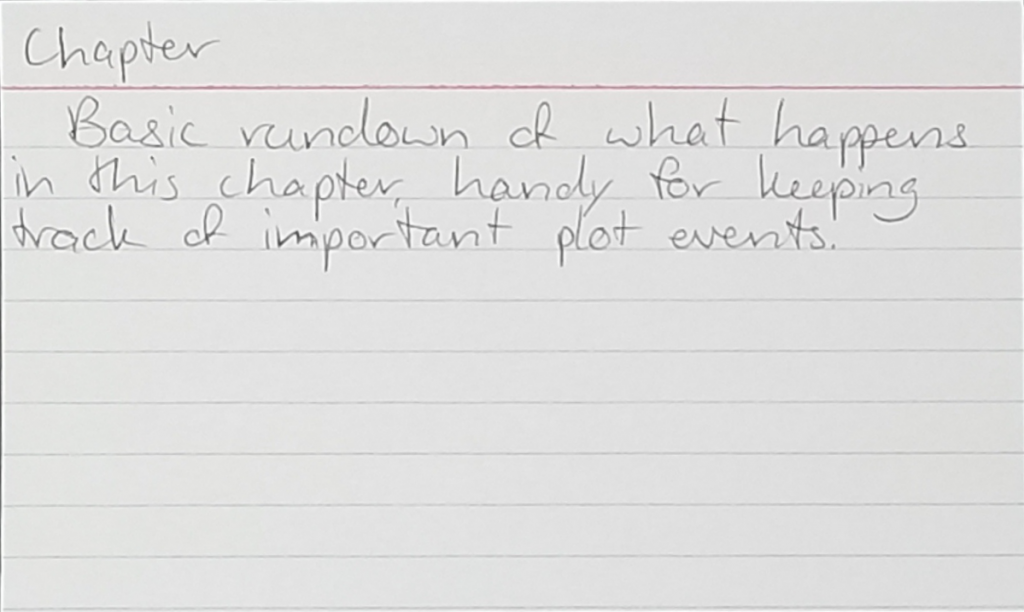
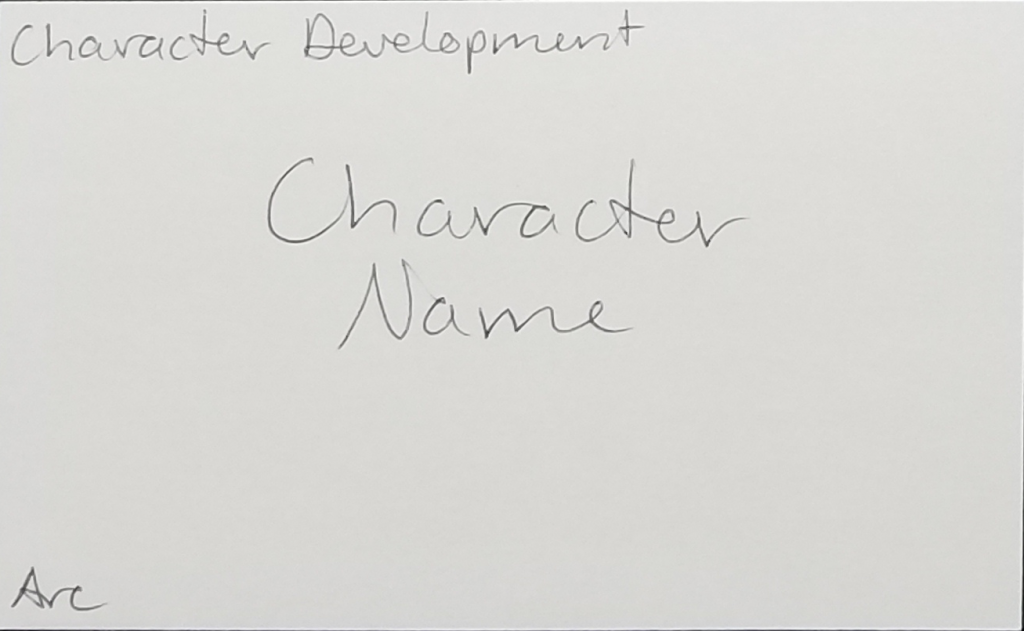
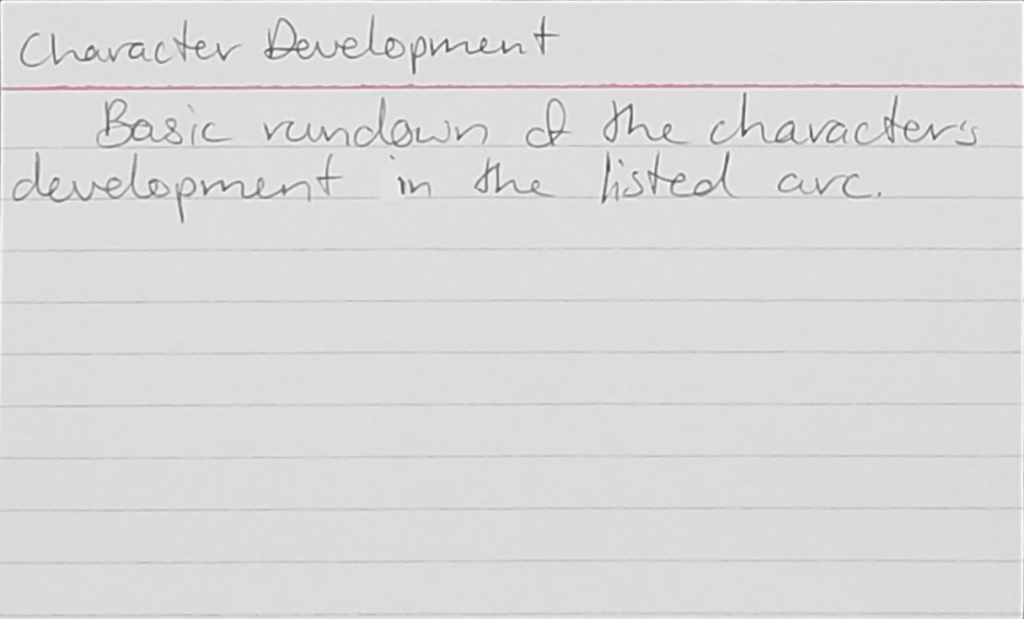
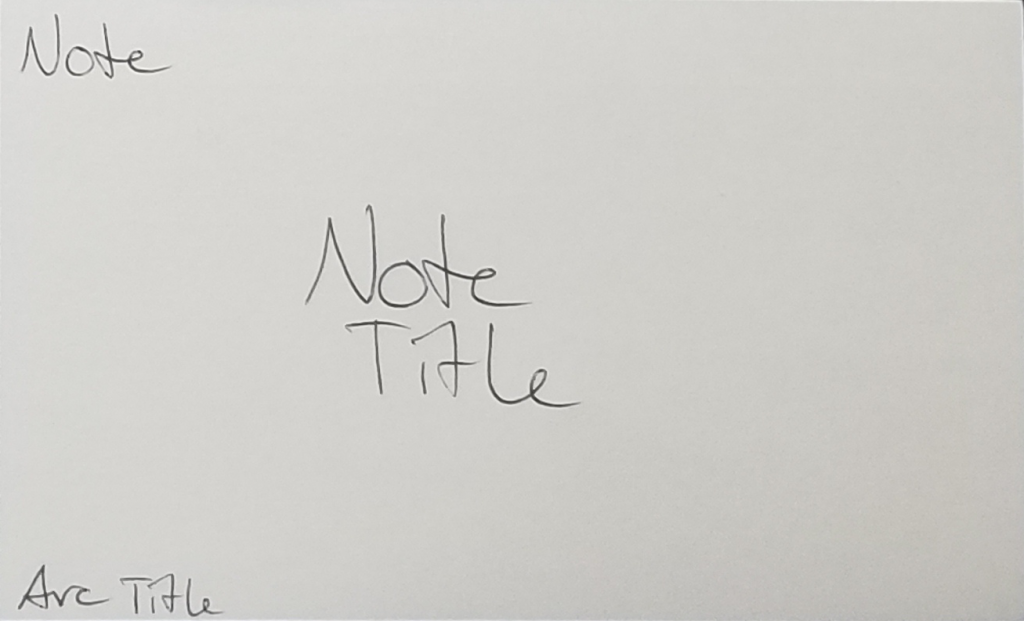
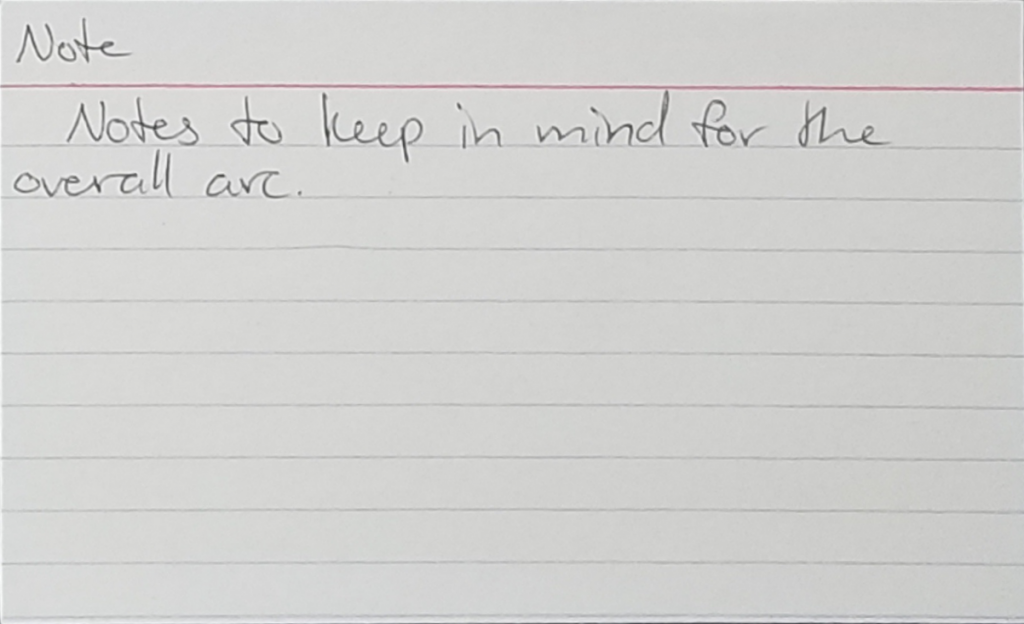
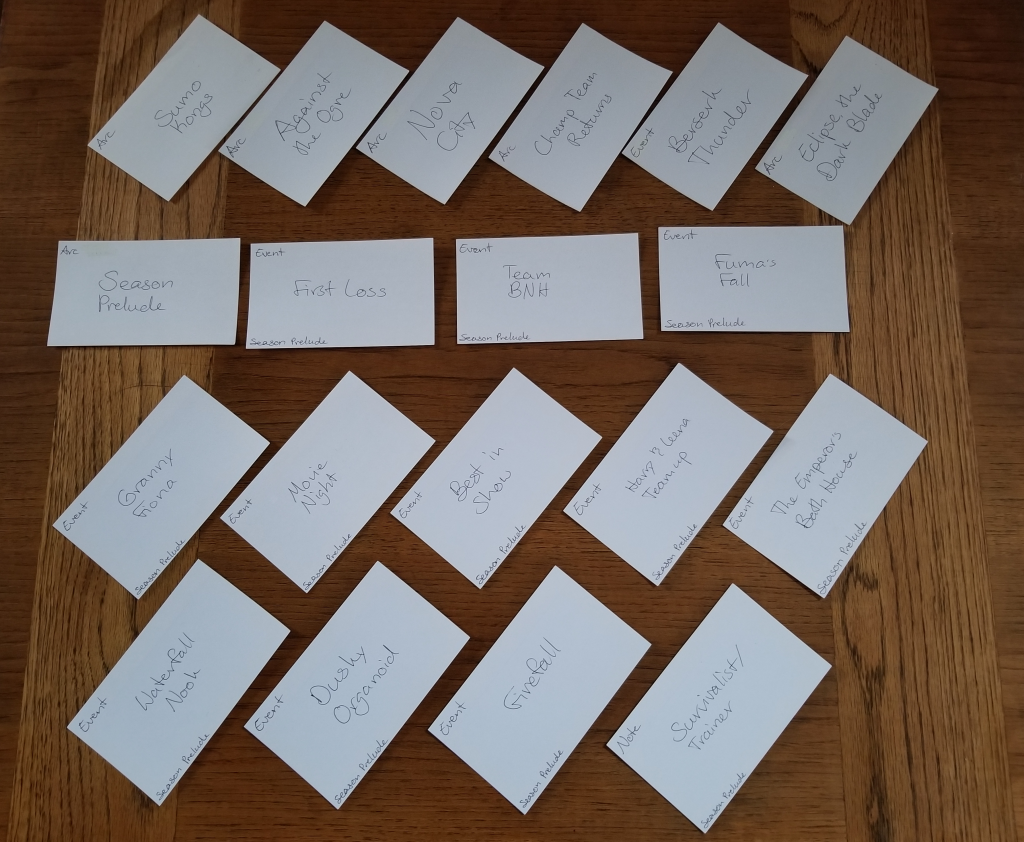
Recent Comments